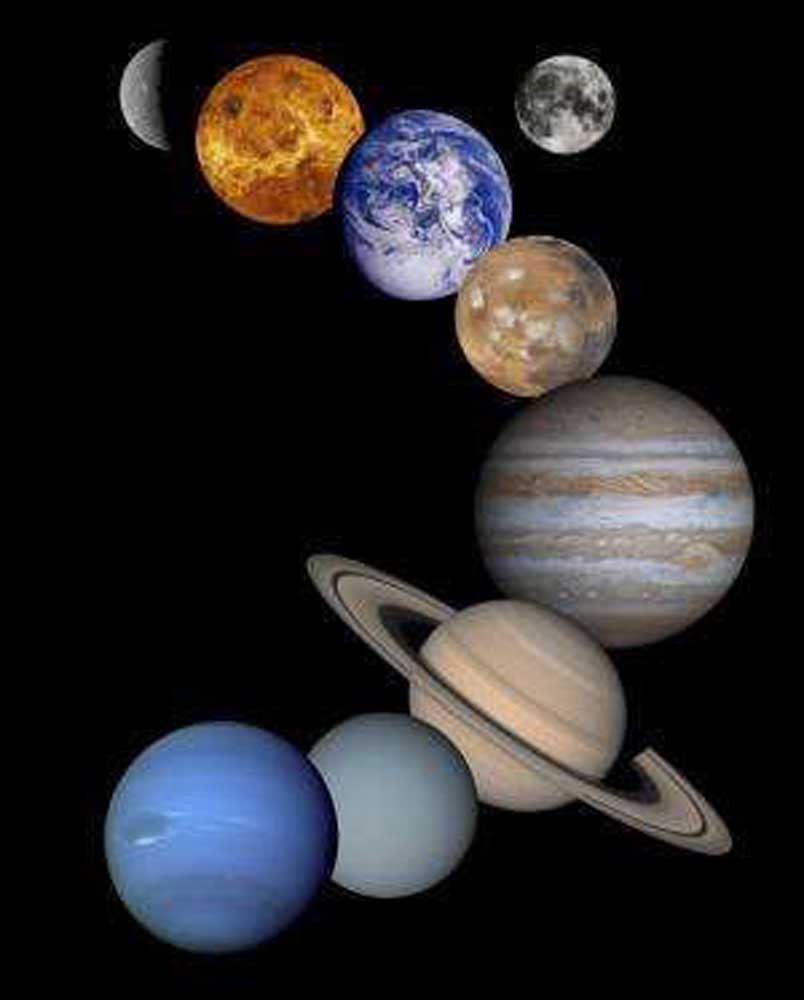Research links mass extinctions to ‘Planet X,’ possible ninth planet
Published 10:00 am Saturday, April 9, 2016

- Photo montage of the planets. Credit: NASA
Researchers at Caltech have found compelling evidence for the existence of “Planet X,” a suspected ninth planet that astronomers have been seeking for a century.
According to their estimates, “Planet Nine” is ten times more massive than Earth and up to 1,000 times more distant from the Sun, taking up to 20,000 years to make a full solar orbit.
Trending
The orbit of this distant, massive planet could also be linked to periodic mass extinctions here on earth, as recorded in the global fossil record.
During the evolution of life on Earth, there have been numerous mass extinctions, significant decreases in the number of species over a short period of geological time. One such mass extinction ended the reign of dinosaurs about 65 million years ago and another, about 252 million years ago, wiped out 90 percent of all species.
How does Planet X factor into these extinction events? Asteroids.
Planet X, like all planets, orbits the Sun. Also like all planets, this orbit rotates slowly over time. Planet X’s projected orbit puts it on a collision course with the Kupier Belt, a large group of asteroids beyond Neptune’s orbit, every 27 million years. When this occurs, the planet knocks several asteroids towards the inner solar system. These comets collide with Earth and other planets, causing massive destruction. Those that don’t collide would be vaporized, reducing the amount of sunlight reaching Earth. Those two factors combined would be enough to significantly endanger life on Earth and cause extinctions.
“In 1985, a look at the paleontological record supported the idea of regular comet showers dating back 250 million years,” the University of Arkansas explained in a press release. “Newer research shows evidence of such events dating as far back as 500 million years.”
Daniel Whitmire, a retired professor of astrophysics who is now a faculty member of the University of Arkansas, and his then colleague John Matese first published research suggesting a link between Planet X and mass extinctions in the journal Nature in 1985. However, they only accounted for a Planet X five times as massive as Earth and 100 times farther from the sun, markedly different from the new Caltech calculations.
Trending
Whitmire’s new findings were published in the January issue of Monthly Notices of the Royal Astronomical Society.
© Content That Works


